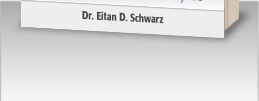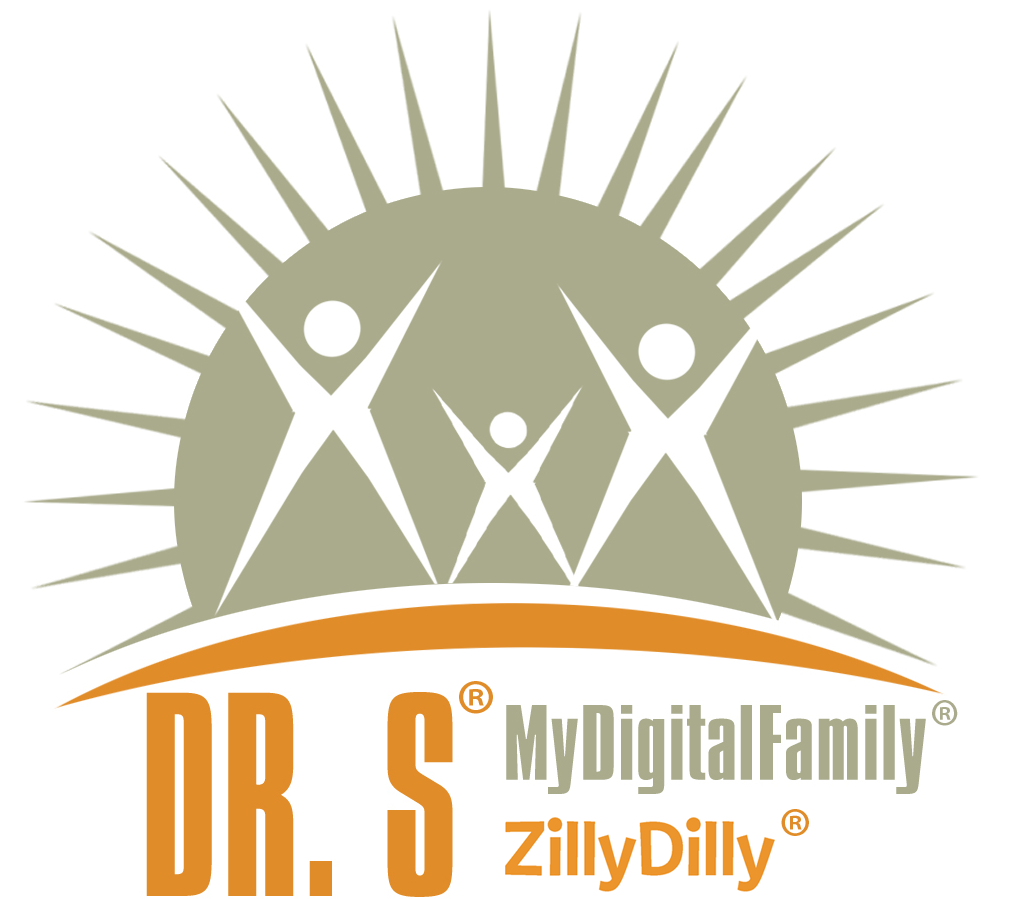Originally published by ThinkerMedia: BestThinking.com on March 20, 2011
The fourteen energetic dancers of Hubbard Street Chicago treated us to a mesmerizing interpretation of Sharon Eyal and Gai Behar’s new Too Beaucoup. Clad head to foot in flesh-colored body stockings and matching makeup, the anonymous, seemingly cloned, dancers were driven relentlessly by the persistent breathtaking soundtrack.
IMHO, what made this production essential viewing is its exploration of the increasingly busy, and at the same time, fuzzy interface between machine and man, human and robot. The timely dance masterpiece raises urgent points: How and where are human relationships with each other, with cloned creatures, and with intelligent machines evolving? By intelligent machines, I mean any digital circuit that monitors, inputs, processes, and outputs to us information-related stuff. I will focus on the robots and intelligent machines here because these devices have become essential accessories in our lives.
For example, you probably know one such disembodied robot, residing anonymously and totally formlessly somewhere that only the airline knows about, that says to you sincerely, “I don’t understand you,” like Hal in 2001: A Space Odyssey, when you make a mistake entering your flight reservation. We don’t necessarily think much about this machine claiming an “I” for itself. Of course it is not human, but isn’t this boundary a little fuzzier now? I wonder if in the traditional 2nd Century A.D. myth the Golem claimed an “I” too?
How are our human and humane instincts going to serve us as our machines claim “I”s for themselves? Are they becoming our social partners? In these ways, we are making intelligent machines more and more in our own images. In other ways, as author Shirley Turtle cogently shows in so many ways in her Alone Together, our own humanity and the connections to each other that make us human are threatened by our chaotic use of interactive media. The problems are compounded for parents and kids and need differing solutions, as cover this topic more fully in my Kids, Parents & Technology .
But one thing was also obvious in Too Beaucoup: Never in the piece does any dancer touch another. And yet, they did seem somewhat connected to each other and to their groups. Alone together indeed.
That this piece was conceived and its crucial questions posed by artists thriving in Israel should not be surprising: Israel is the cradle for many of technology’s advances. The brilliant matinee Sunday, March 20, 2011, at the Harris Theater in Millennium Park, received a long standing ovation.
In seeing Too Beaucoup, at first I wondered about the question it asked me to ask myself: Am I watching humans act as humanoids? Humanoids as humans? Humans as humanoids meant to seem human?…It can get pretty confusing, but the production was entrancing and, frankly, I stopped caring. That’s powerful!
(While not a dance critic, I am a fan because, IMHO the human body’s potential for beauty and grace is expressed best in dance, and I am ever-grateful for the human spirit’s miracle of creativity, dedication, and hard work of the choreographers and dancers.)
Article by Eitan ‘Dr. S®’ Schwarz, MD
©All rights reserved



ROBOTS DANCING IN CHICAGO?
Originally published by ThinkerMedia: BestThinking.com on March 20, 2011
The fourteen energetic dancers of Hubbard Street Chicago treated us to a mesmerizing interpretation of Sharon Eyal and Gai Behar’s new Too Beaucoup. Clad head to foot in flesh-colored body stockings and matching makeup, the anonymous, seemingly cloned, dancers were driven relentlessly by the persistent breathtaking soundtrack.
IMHO, what made this production essential viewing is its exploration of the increasingly busy, and at the same time, fuzzy interface between machine and man, human and robot. The timely dance masterpiece raises urgent points: How and where are human relationships with each other, with cloned creatures, and with intelligent machines evolving? By intelligent machines, I mean any digital circuit that monitors, inputs, processes, and outputs to us information-related stuff. I will focus on the robots and intelligent machines here because these devices have become essential accessories in our lives.
For example, you probably know one such disembodied robot, residing anonymously and totally formlessly somewhere that only the airline knows about, that says to you sincerely, “I don’t understand you,” like Hal in 2001: A Space Odyssey, when you make a mistake entering your flight reservation. We don’t necessarily think much about this machine claiming an “I” for itself. Of course it is not human, but isn’t this boundary a little fuzzier now? I wonder if in the traditional 2nd Century A.D. myth the Golem claimed an “I” too?
How are our human and humane instincts going to serve us as our machines claim “I”s for themselves? Are they becoming our social partners? In these ways, we are making intelligent machines more and more in our own images. In other ways, as author Shirley Turtle cogently shows in so many ways in her Alone Together, our own humanity and the connections to each other that make us human are threatened by our chaotic use of interactive media. The problems are compounded for parents and kids and need differing solutions, as cover this topic more fully in my Kids, Parents & Technology .
But one thing was also obvious in Too Beaucoup: Never in the piece does any dancer touch another. And yet, they did seem somewhat connected to each other and to their groups. Alone together indeed.
That this piece was conceived and its crucial questions posed by artists thriving in Israel should not be surprising: Israel is the cradle for many of technology’s advances. The brilliant matinee Sunday, March 20, 2011, at the Harris Theater in Millennium Park, received a long standing ovation.
In seeing Too Beaucoup, at first I wondered about the question it asked me to ask myself: Am I watching humans act as humanoids? Humanoids as humans? Humans as humanoids meant to seem human?…It can get pretty confusing, but the production was entrancing and, frankly, I stopped caring. That’s powerful!
(While not a dance critic, I am a fan because, IMHO the human body’s potential for beauty and grace is expressed best in dance, and I am ever-grateful for the human spirit’s miracle of creativity, dedication, and hard work of the choreographers and dancers.)
Article by Eitan ‘Dr. S®’ Schwarz, MD
©All rights reserved